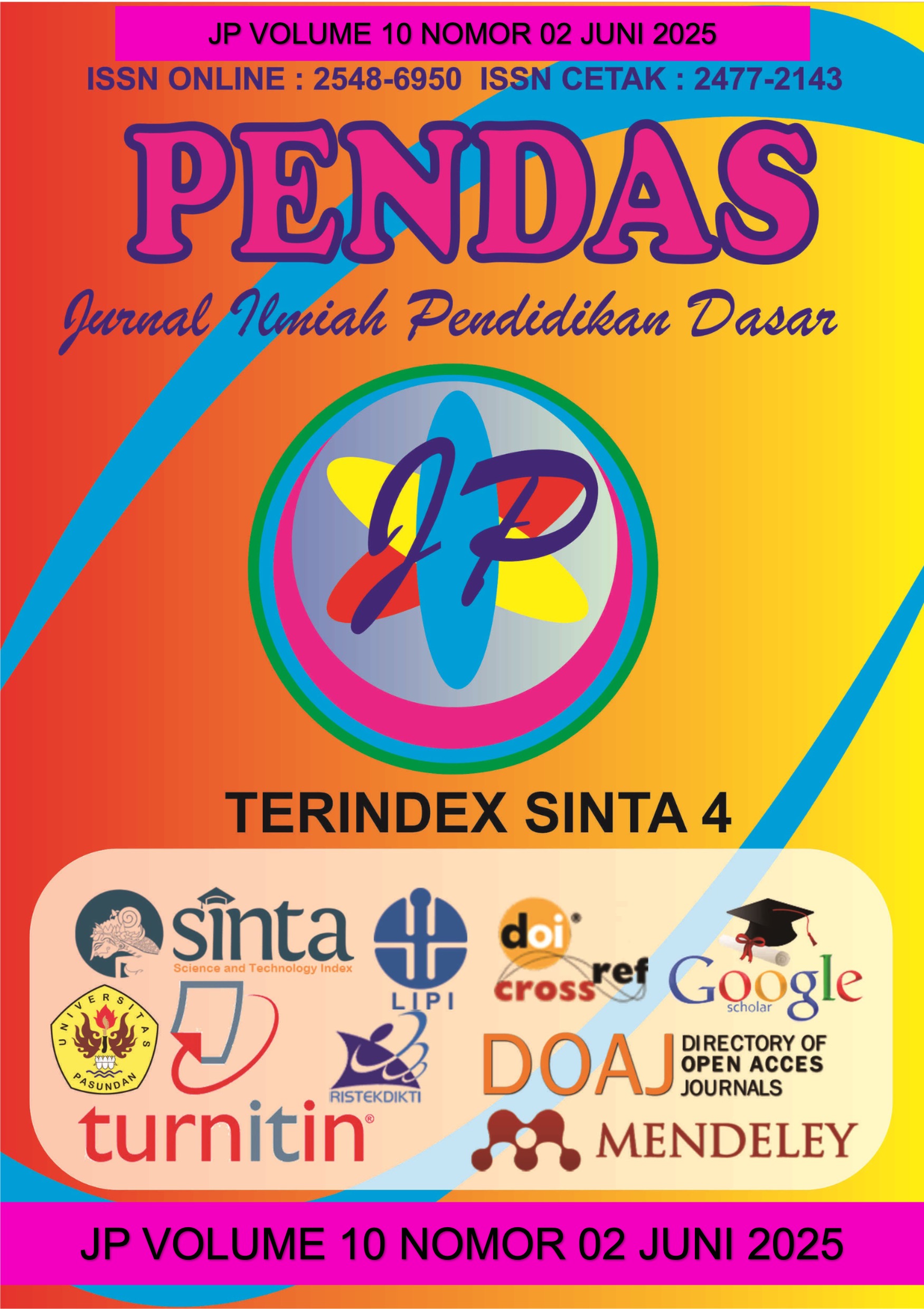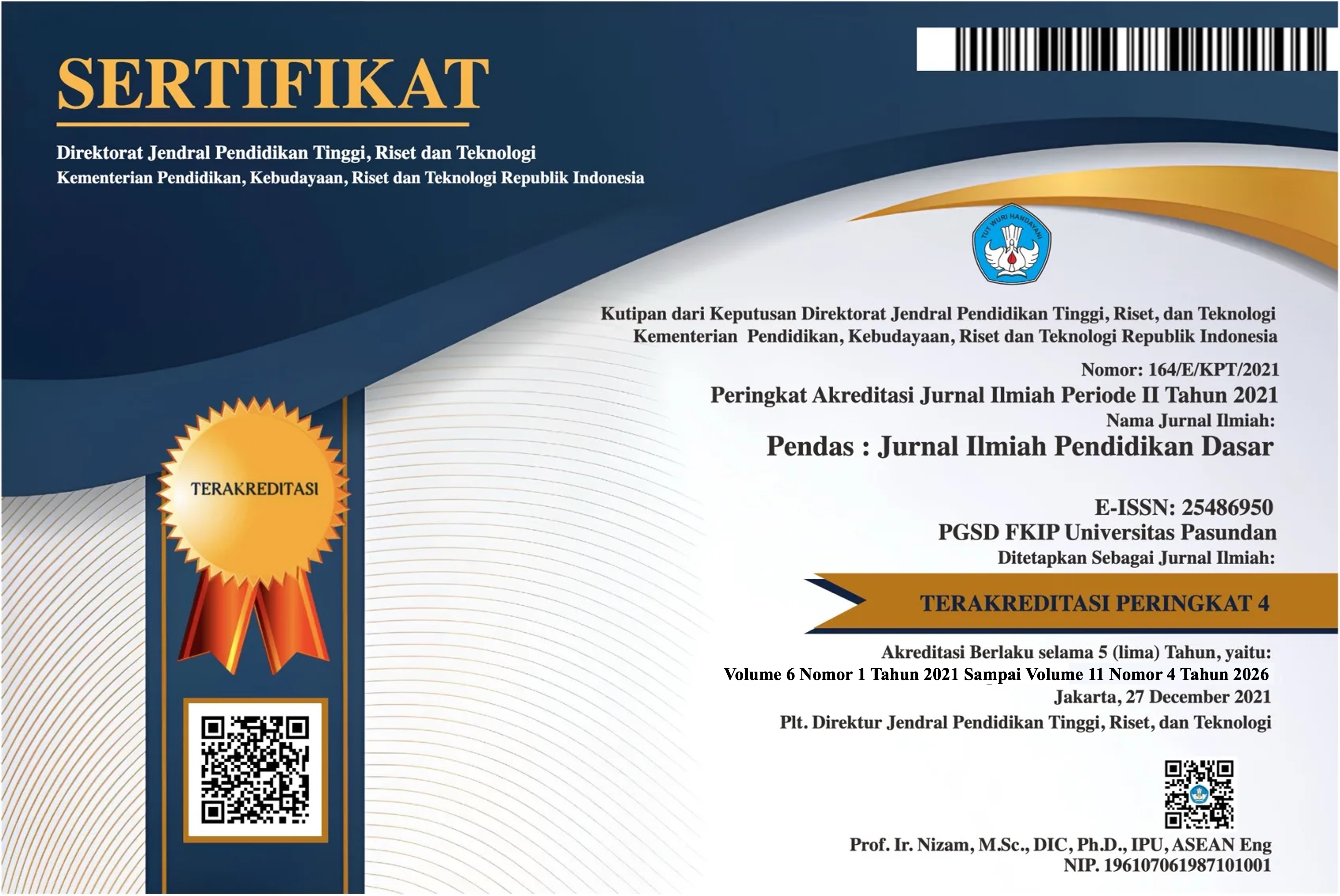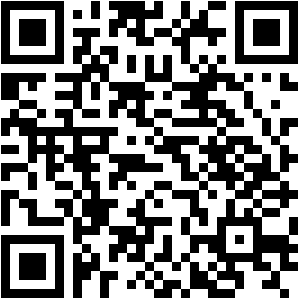PENGARUH PENERAPAN MODEL MAKE A MATCH TERHADAP HASIL BELAJAR IPS KELAS V
DOI:
https://doi.org/10.23969/jp.v10i02.27071Keywords:
make a match, learning outcomes, social studies learning, elementary schoolAbstract
This study aims to analyze the effect of the Make A Match learning model on the social studies learning outcomes of sixth-grade elementary school students. The research employed a quasi-experimental method with a pretest-posttest control group design. The sample consisted of two groups: the experimental group, which was taught using the Make A Match model, and the control group, which used conventional methods. The main instrument used was a multiple-choice learning outcomes test, analyzed using normality tests, homogeneity tests, t-tests, and effect size calculations. The results showed that the pre-test average score of 34.50 increased to 72.93 in the post-test for the experimental group. An effect size of 1.08 indicates a strong impact of the Make A Match model on improving students’ learning outcomes. Thus, it can be concluded that the Make A Match model is effective in enhancing social studies achievement and promoting active student engagement in the learning process.
Downloads
References
Aldiyah, E. (2021). Metode Make A Match Dalam Peningkatan Hasil Belajar IPA Kelas VII Materi Klasifikasi Sistem 5 Kingdom. Secondary: Jurnal Inovasi Pendidikan Menengah, 1(1), 1–8. https://doi.org/10.51878/secondary.v1i1.4
Anderson, L. W., & Krathwohl, D. R. (2020). A Taxonomy For Learning, Teaching, And Assessing: A Revision Of Bloom’s Taxonomy Of Educational Objectives. Longman.
Anggarawati, A., Kristiantari, R., & Asri, A. S. (2014). Pengaruh Make A Match Berbantuan Media Kartu Gambar Terhadap Hasil Belajar IPS SD. Jurnal Mimbar PGSD Universitas Pendidikan Ganesha, 2(1), 1–10.
Aslama, R. A., Rozi, Z. F., & Rosalina, E. (2022). Penerapan Pembelajaran Kooperatif Tipe Make A Match terhadap Hasil Belajar Ips Siswa Kelas IV SD. Journal of Elementary School (JOES), 5(2), 375–383. https://doi.org/10.31539/joes.v5i2.4068
Cohen, J. (1988). Statistical Power Analysis For The Behavioral Sciences (2nd ed.). Lawrence Erlbaum Associates.
Creswell, J. W. (2022). Research Design: Qualitative, Quantitative, And Mixed Methods Approaches (5th ed.). Sage Publications.
Dadar, P. K., Hermansah, B., & Selegi, S. F. (2022). Efektivitas Model Pembelajaran Make A Match Terhadap Hasil Belajar IPS Siswa Kelas V SD Negeri 21 Palembang. Journal on Teacher Education, 4(2), 55–61.
Harwati, L. S. (2020). Penggunaan Metode Make and Match untuk Meningkatkan Motivasi dan Hasil Belajar Siswa Kelas II SD Negeri 3 Paragharjo Tahun Ajaran 2015/2016. Kalam Cendekia: Jurnal Ilmiah Kependidikan, 8(2). https://doi.org/10.20961/jkc.v8i2.42541
Kemendikbudristek. (2020). Panduan Pembelajaran Jarak Jauh Pada Masa Pandemi COVID-19. Kementerian Pendidikan Dan Kebudayaan Republik Indonesia. https://bersamahadapikorona.kemdikbud.go.id/panduan/
Kurniawan, M. I., & Agustin, R. D. (2024). Efektivitas Model Pembelajaran Kooperatif Tipe Make A Match Terhadap Motivasi Belajar Siswa Kelas V Sekolah Dasar. Jurnal Pendidikan Dasar Flobamorata, 5(1), 139–149. https://doi.org/10.51494/jpdf.v5i1.1140
Manurung, M. R., Caska, C., & Sari, F. A. (2023). Penggunaan Model Pembelajaran Make A Match Terhadap Hasil Belajar Peserta Didik Pada Mata Pelajaran IPS. Jurnal Pendidikan Ekonomi (JURKAMI), 8(1), 140–149. https://doi.org/10.31932/jpe.v8i1.206
Downloads
Published
Issue
Section
License
Copyright (c) 2025 Pendas : Jurnal Ilmiah Pendidikan Dasar

This work is licensed under a Creative Commons Attribution 4.0 International License.



















